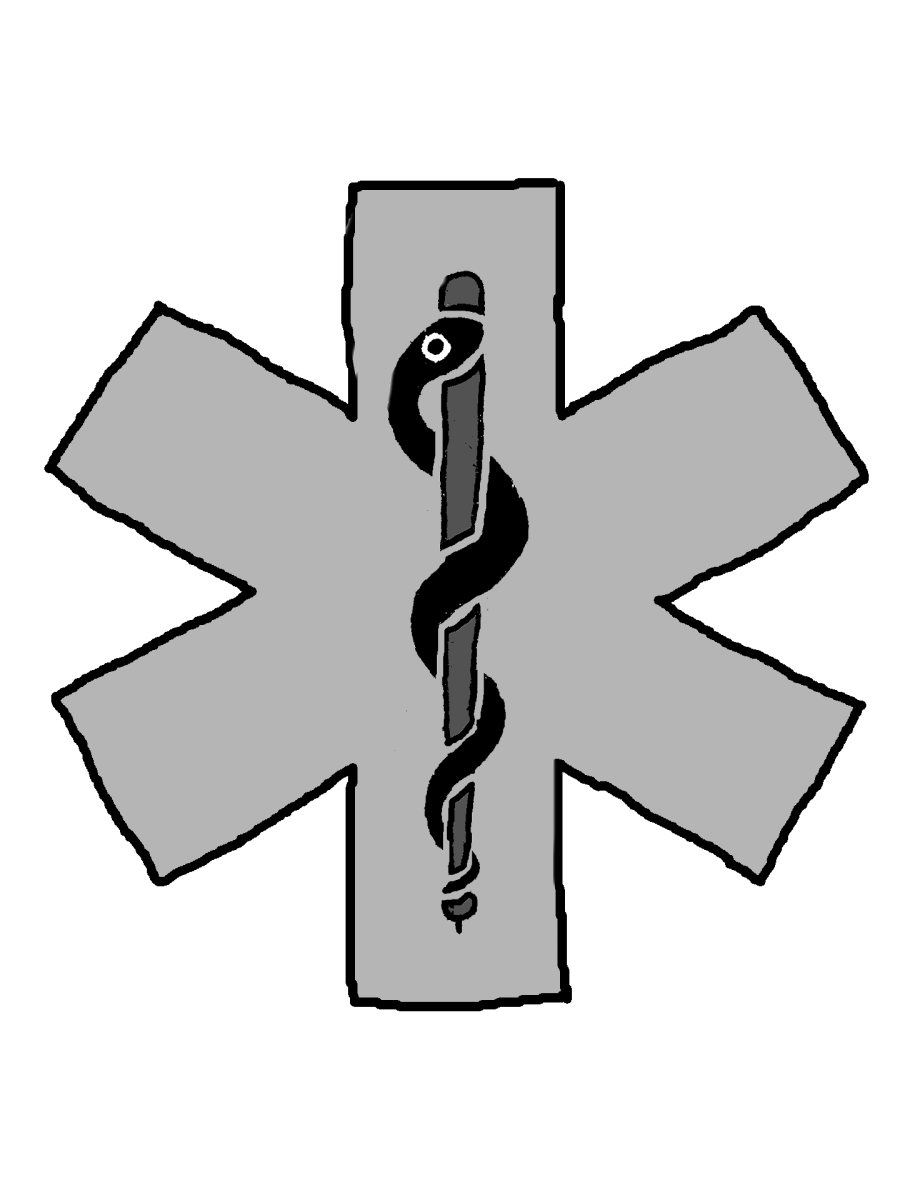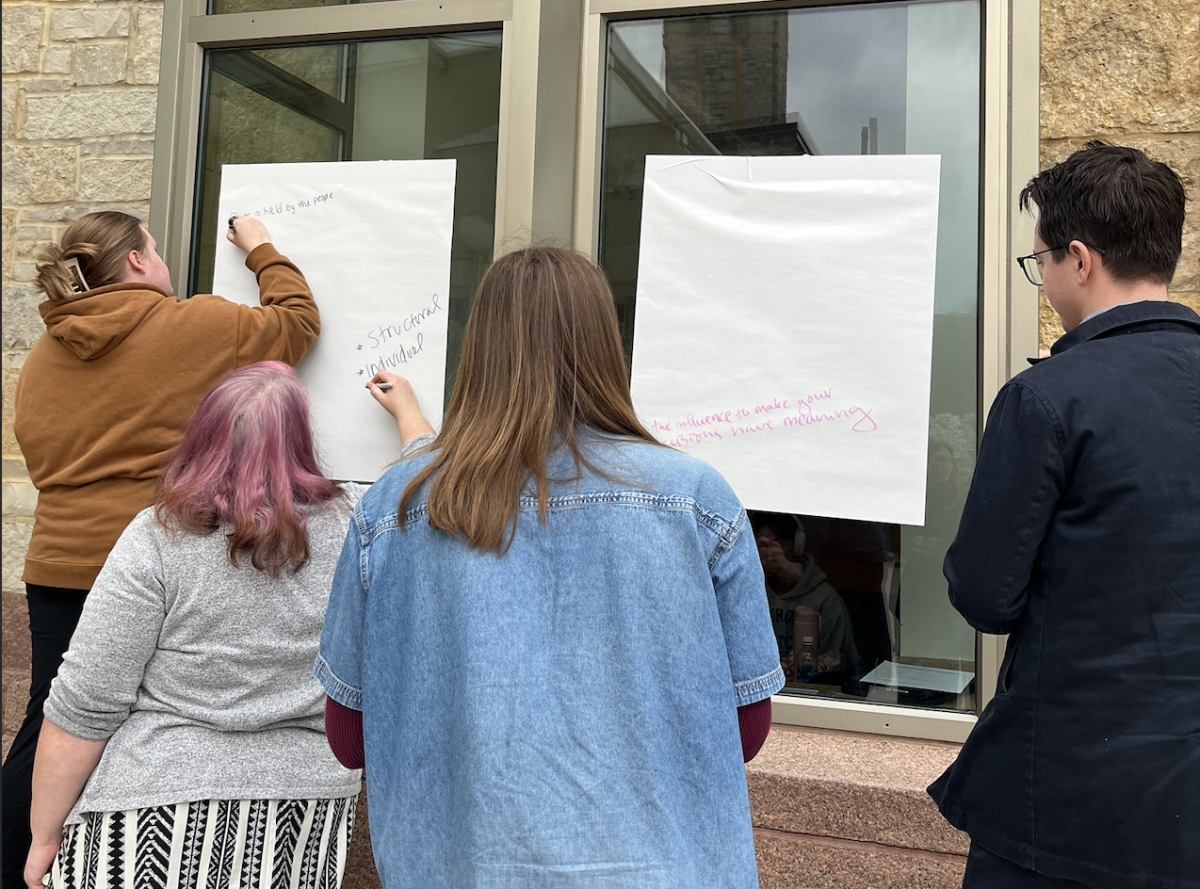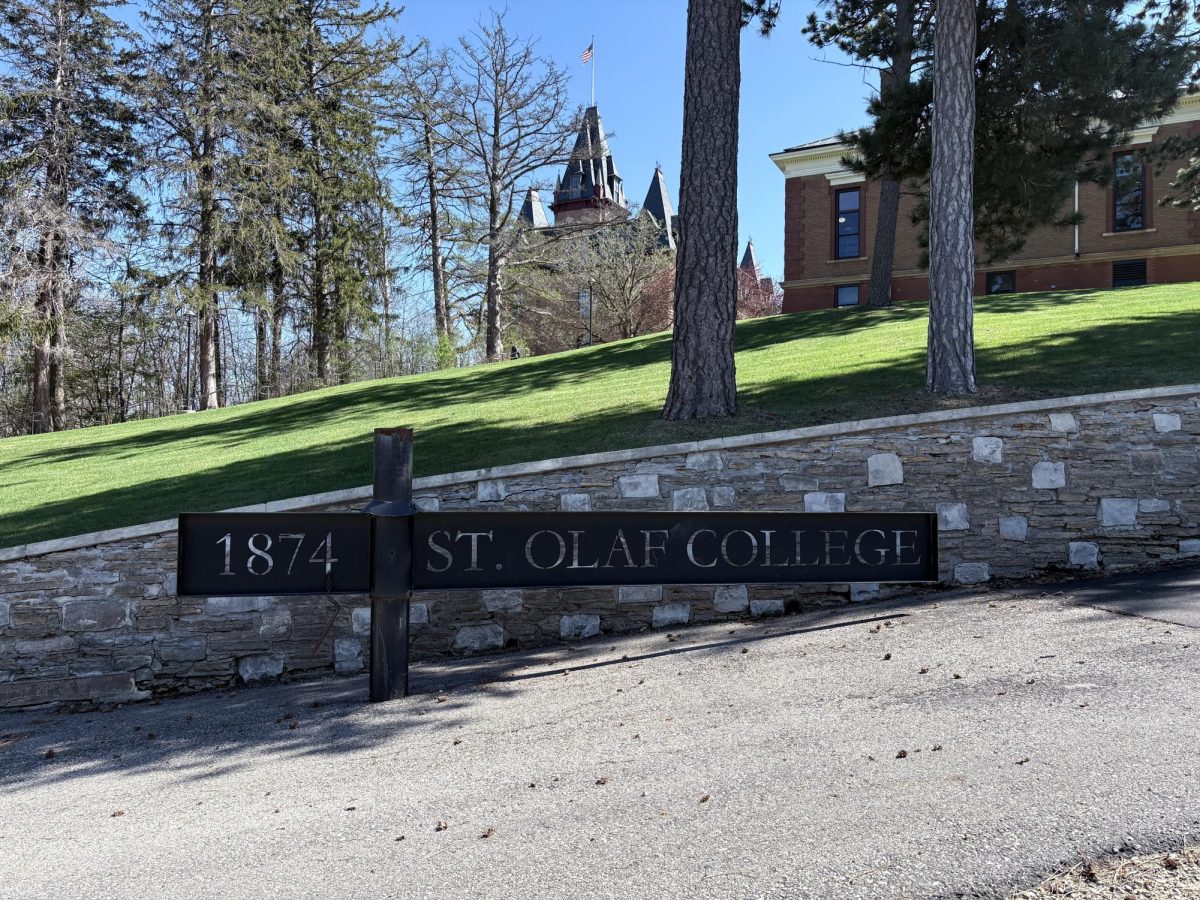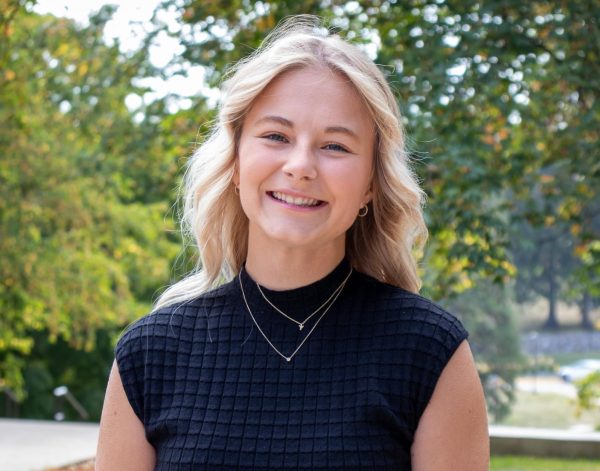With the goal of increasing the school’s preparedness for mass shootings, the St. Olaf EMTs are working with SGA to purchase emergency kits that can be used by EMTs to treat serious bleeding.
Since Jan. 1, 2023, there have been over 130 mass shootings in the United States. Shootings are not isolated to elementary, middle, and high schools but have occurred at colleges too. After the recent mass shooting at Michigan State University on Feb. 13, St. Olaf Emergency Medical Technicians (SOEMT) Margaret Dickey ’23 and Kris Kurtz ’23 set out to ensure the safety of not only the campus but students too.
“For me, that shooting was kinda eye-opening because oftentimes I thought of school shootings happening in elementary schools, middle schools, and high schools,” Dickey said.
In fall 2021, Dickey joined the St. Olaf EMT, and Kurtz joined in fall 2022. The two EMTs recently brought the Stop the Bleed project to the Student Government Association (SGA) in April, and have officially received funding for five kits, as well as approval for an additional 20. Bleeding out is the number one preventable death after injury. The average time to bleed out from a serious physical injury is less than five minutes while the average first responder time is seven to ten minutes. “We are trying to prepare for the future,” Dickey said.
SOEMTs’ active persistence to the commitment to the safety of our campus led to the embracement of the Stop the Bleed project — a program developed by the American College of Surgeons Committee on Trauma to educate and train the public to recognize life-threatening bleeding and intervene effectively.
Before bringing the project to SGA, Dickey developed a proposal and sent it to the administration.The EMTs have since been funded for 20 Stop the Bleed Kits, and have contributed 1,050 dollars from their funding.
“The students really saw the importance [of Stop the Bleed], our two senators Sophia Pletcher ’24 and Brock Lawhead ’23, did a great job of recognizing [the importance] and really including us to make it a priority on campus,” Kurtz said.
These kits will be strategically placed next to the pre-existing automated external defibrillator (AED) kits in high-traffic areas like Skogland, Buntrock Commons, and various other academic buildings. “If you remember where the AED is you remember where the Stop the Bleed Kit is, and if you remember where the Stop the Bleed Kit is you remember where the AUD is,” Dickey said.
Many EMTs on campus receive calls at two, three, or six in the morning, just before having to do a normal student workload like attending class. “All of our EMTs give up at least a night a month, a lot of times more some of our EMTs are working over 60 hours of volunteer [work],” Kurtz said.
Kurtz and Dickey hope that this project will be the first step in making SOEMTs one of the leading organizations on campus for emergency preparedness. Additionally, the two aim for Stop the Bleed training to be added to the CPR classes and training beginning in Fall 2023. Eventually, they hope to supply the entire student body with both CPR and Stop the Bleed training.




